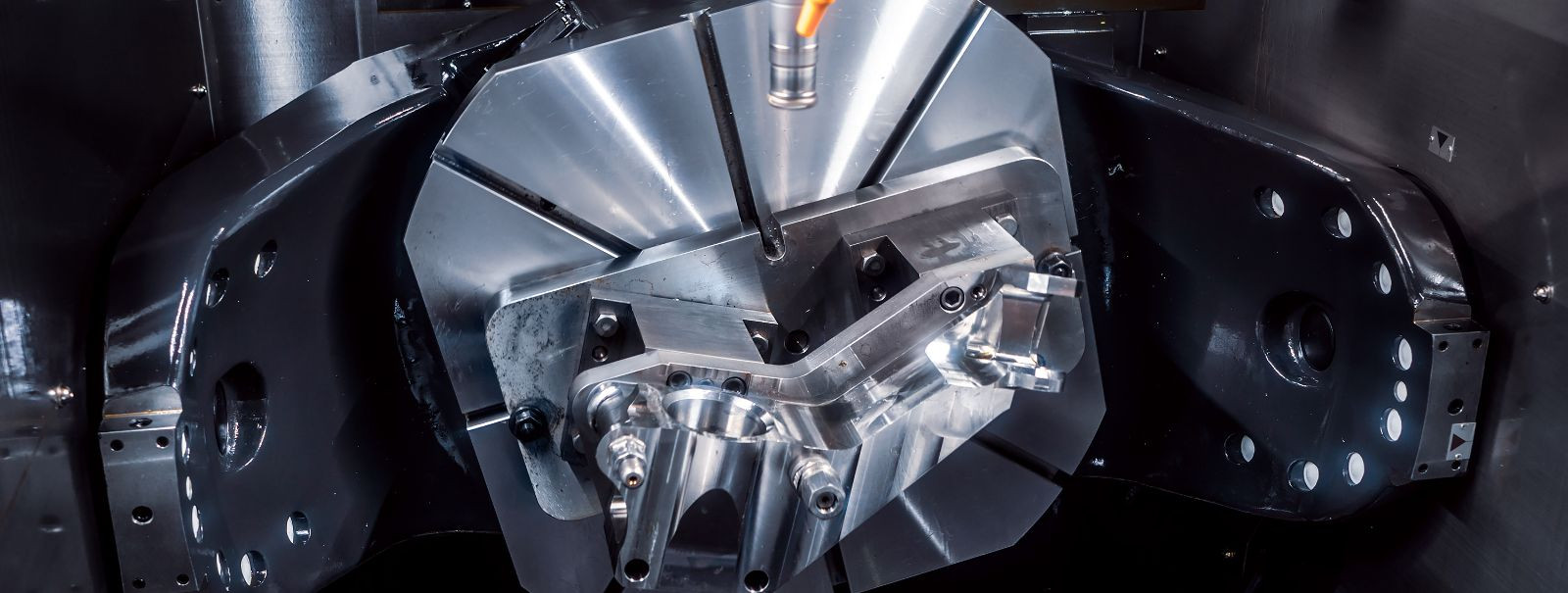5 ways 5-axis cnc milling is revolutionizing manufacturing
5-Axis CNC milling represents a monumental leap in manufacturing technology, integrating five axes of movement to manipulate a workpiece in various directions. This advanced form of CNC (Computer Numerical Control) machining allows tools to approach the workpiece from all directions, enabling complex shapes and high precision parts to be crafted with unparalleled accuracy.
Compared to the 3-axis or 4-axis milling, 5-axis CNC milling offers significant advantages, including the ability to produce more intricate designs, reduce setup times, and achieve better surface finishes. These benefits are crucial for industries that demand high levels of accuracy and intricacy in their components.
Enhanced Precision and Complexity
With 5-axis CNC milling, the once-impossible geometries are now a reality. The additional axes allow for the creation of parts with complex contours and shapes without the need for multiple setups or special fixtures, streamlining the manufacturing process.
Industries such as aerospace, automotive, and medical devices rely on the utmost precision for their components. 5-axis CNC milling meets these stringent requirements by enabling the production of parts with tight tolerances and exceptional accuracy.
Increased Efficiency and Productivity
One of the most significant advantages of 5-axis CNC milling is the reduction in setup time. The ability to machine a part from virtually any angle in a single setup not only speeds up production but also reduces the potential for errors associated with multiple setups.
Efficiency is further enhanced by the reduced cycle times that 5-axis CNC milling offers. The simultaneous movement along multiple axes allows for faster cutting speeds and more efficient material removal, leading to quicker turnaround times for projects.
Improved Surface Finishes and Material Properties
The precision and versatility of 5-axis CNC milling result in superior surface finishes. The continuous contact between tool and workpiece minimizes the need for post-machining processes, such as sanding or polishing, thereby enhancing the aesthetic and functional qualities of the part.
5-axis machines are adept at handling complex parts, which often results in more efficient use of materials. By minimizing the amount of excess material removed, manufacturers can reduce costs and waste, contributing to more sustainable production practices.
Flexibility in Prototyping and Customization
The flexibility of 5-axis CNC milling is particularly beneficial for custom designs and one-off prototypes. The technology's ability to easily adapt to unique geometries makes it an ideal choice for innovators and designers seeking to bring their visions to life.
Prototyping is expedited with 5-axis CNC milling, as the technology allows for rapid iteration and testing of designs. This acceleration in the development cycle can be a significant competitive advantage for businesses looking to bring new products to market quickly.
Cost-Effective Production for Complex Parts
The efficiency of 5-axis CNC milling extends to cost savings as well. By reducing waste and the need for additional tooling, manufacturers can lower their production expenses, making the production of complex parts more economically viable.
While the initial investment in 5-axis CNC milling technology may be higher than traditional milling machines, the long-term cost savings are significant. The reduction in labor, setup times, and material costs, combined with the ability to produce high-quality parts quickly, results in a substantial return on investment over time.






Comments (0)